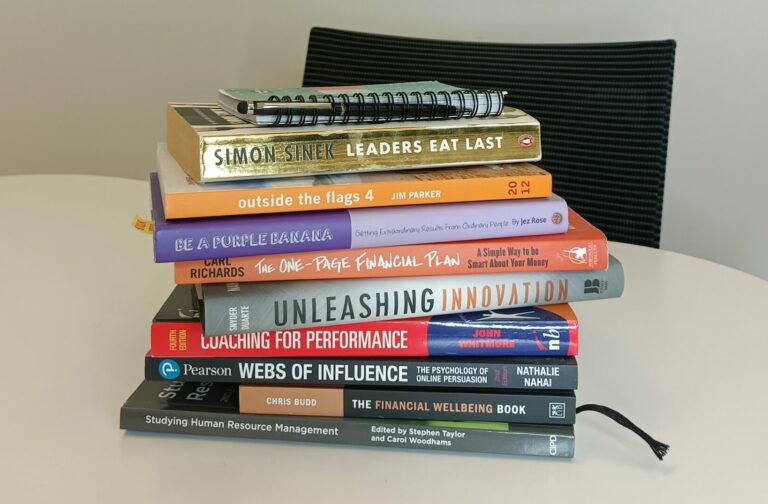Though SEIS and EIS investments can seem similar, they have one key difference: while SEIS exclusively targets startups and early-stage businesses, EIS can be used by larger companies. For an EIS, these larger companies may be more established with up to seven years trading history and two hundred and fifty employees.
There are also differences in available tax reliefs: SEIS offers 50% Income Tax Relief, while EIS offers 30%.
A VCT gives investors exposure to a sector of smaller, VCT-qualifying companies who are not listed on the London Stock Exchange but have the potential to grow faster than larger, listed companies. Like EIS investments, VCT investors benefit from 30% income tax relief. This only applies, however, where the share has been held for at least five years. If your VCT pays dividends, they will be tax-free too.








